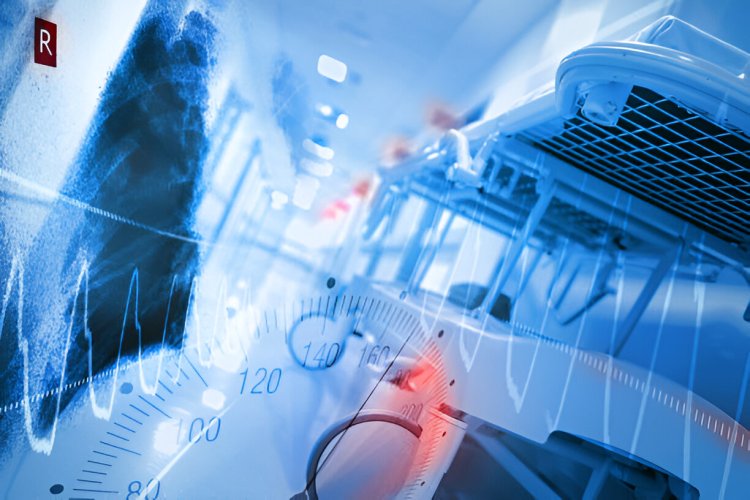The CRole of Emergency Medical Services in Saving Lives
Emergency medical services ensure quick, life-saving care during crises. Learn how EMS works, its importance, and how it impacts communities.

The Importance of Emergency Medical Services in Communities
Emergency medical services (EMS) are essential in handling health crises and saving lives. These services operate as the first line of care, ensuring individuals in need receive immediate attention. Moreover, they play a vital role in reducing the time between an incident and medical intervention. In this article, we will discuss the importance of emergency medical services and highlight ten key points that underline their value.
1. Rapid Response Saves Lives
Time is critical during medical emergencies. Emergency medical services teams are trained to respond quickly and provide immediate assistance. Their rapid response minimizes the delay in treatment, often making the difference between life and death. Additionally, these professionals are skilled at assessing situations and deciding the best course of action on the spot.
2. Bridging the Gap Between Incident and Hospital Care
EMS acts as the crucial link between the site of an emergency and medical facilities. This link ensures continuity of care, starting from first aid to advanced treatment in hospitals. Without emergency medical services, patients might not receive the immediate care they need during critical moments.
3. Highly Trained Professionals
Emergency medical responders undergo extensive training to handle various medical crises. From heart attacks to car accidents, these individuals are equipped with the knowledge and tools to stabilize patients. Furthermore, their training often includes scenario-based practice, enabling them to adapt to unpredictable situations.
4. Advanced Equipment for On-Site Care
Modern emergency medical services teams are equipped with advanced tools like defibrillators, oxygen tanks, and portable monitors. These devices allow responders to administer life-saving treatments right at the scene. As a result, patients often receive critical care before even reaching the hospital.
5. Community Education and Preparedness
Many EMS organizations also focus on community education. They teach citizens about basic first aid, CPR, and emergency preparedness. This proactive approach empowers individuals to assist during emergencies, thereby complementing EMS efforts.
6. Support During Natural Disasters
In addition to handling daily emergencies, emergency medical services teams play a pivotal role during natural disasters. They assist in evacuations, provide medical aid, and coordinate with other emergency services. Their readiness during such crises ensures that affected communities receive timely support.
7. Psychological Support for Patients and Families
Beyond physical care, EMS professionals also offer emotional support to patients and their families. Facing a medical emergency can be overwhelming, and a calm, reassuring presence can make a significant difference. This holistic approach reflects their commitment to overall patient care.
8. Collaborations with Organizations
Many EMS providers collaborate with organizations like Triple F to improve efficiency and resource availability. These partnerships allow EMS teams to access advanced tools and better training, which ultimately benefits the communities they serve. Furthermore, by combining resources, EMS teams can deploy more effectively, ensuring quicker and more efficient responses during emergencies. As a result, these collaborations enhance overall emergency care, leading to better outcomes for patients.
9. Reducing Healthcare System Burden
By providing immediate care, EMS helps reduce the strain on healthcare facilities. Patients often arrive at hospitals already stabilized, which allows medical staff to focus on advanced treatment. This system ensures better utilization of hospital resources. In addition, the quick response from EMS teams prevents overcrowding in emergency rooms, allowing hospitals to serve a larger number of patients. Therefore, EMS plays a crucial role in maintaining the efficiency of healthcare facilities during peak times.
10. Critical Role in Rural and Underserved Areas
In rural regions, access to healthcare is often limited. EMS bridges this gap by bringing medical care to areas far from hospitals. Their role in underserved communities is invaluable, ensuring everyone has access to emergency assistance when needed. Additionally, EMS teams often work closely with local clinics to offer pre-hospital care, which is especially important when traveling distances is a challenge. As a result, people in rural areas receive more timely medical intervention, improving health outcomes.
Conclusion
Emergency medical services are the backbone of effective healthcare response. They provide life-saving care, bridge gaps in treatment, and support communities in times of need. Their importance extends beyond immediate care, influencing overall community health and safety. By collaborating with organizations such as Triple F, EMS can further enhance its capabilities, ensuring even better outcomes.
At Triple F Rescue, we are dedicated to supporting emergency medical services and enhancing their impact. Visit our website today to learn more about our initiatives and how you can contribute to making a difference. Together, we can ensure communities receive the care and support they deserve.
What's Your Reaction?















